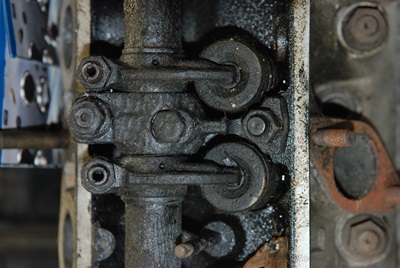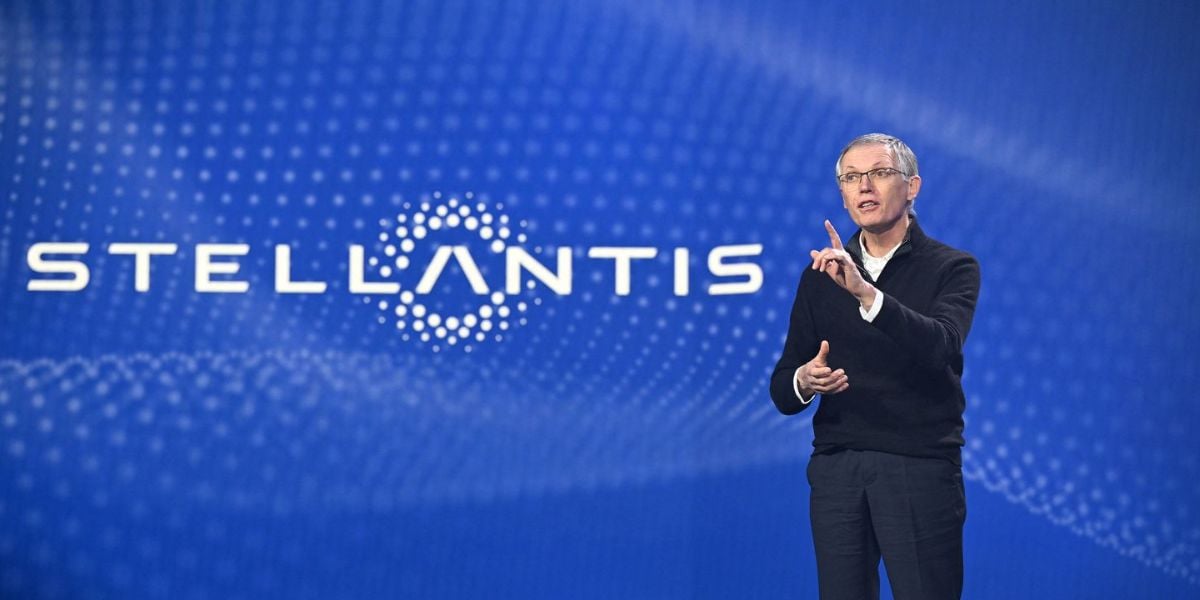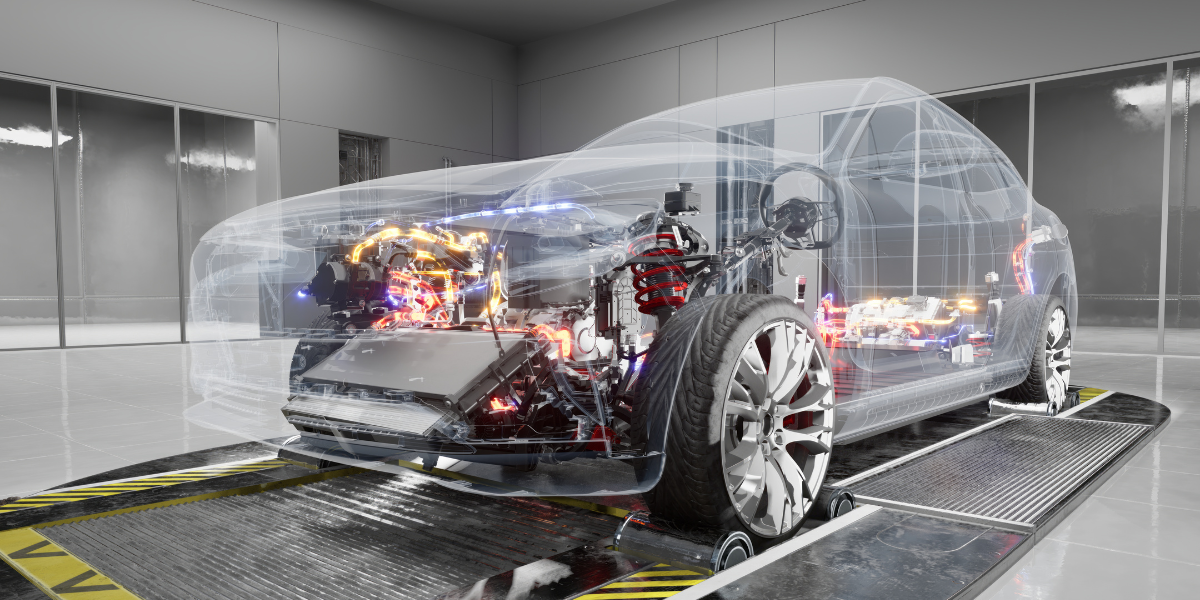Spoilt for choice?
When it comes to sourcing components, there is a lot of choice on the internet. But the potential legal fall-out from emissions regulations mean that engine remanufacturers must ensure they are protecting themselves, warns Volker Schittenhelm.
The crucial factor in the pollution of the environment from road traffic is vehicle exhaust emissions. In the past few years, the type approval of a new car was the final step prior to its launch. Meanwhile the testing of the conformity of passenger, light commercial and heavy-duty vehicles (the in-use conformity check) was introduced to determine the durability of engine components and systems for exhaust emission treatment.
Vehicles already on the roads are to be examined again, ensuring that the systems and components relevant for the exhaust emissions of a vehicle will also function after several thousand kilometres. Even authorities like the police have - or will have in the future - the right to pick a car from the road and check its emissions.
What’s that got to do with engine reman?
If a car on the road does not meet emissions limits, the car will be withdrawn from circulation, and the driver fined. The car owner will contact the car manufacturer. So far, so good. But what happens if the engine was remanufactured by an independent special garage covered by FIRM? In that case, the engine remanufacturer and its repair work will be very soon under scrutiny. If the independent can prove that the remanufactured engine was within emission limits, all is clear. If not, there is a big problem.
How to solve that? The best thing would be to have an engine dyno test bench with emissions measuring devices – but that’s too expensive and, given the wide variety of engines on the market, not realistic. And what about engine components like a remanufactured cylinder head where the garage has never seen the whole engine, let alone the complete car? An engine dyno test bench would be unusable.

Sphere of influence
Let’s now focus on engine products and components with relevance to emissions and which are in an engine remanufacturer’s sphere of influence. The engine is the component between the air inlet and the exhaust system. Thus it is – together with the turbocharger, injection system and others - mainly responsible for the origin of exhaust emissions. Exhaust emissions are limited as per European legislation, so they are defined and documented in detail. Each new car type has to be specified and documented by the respective authorities prior to its general release by national car registration authorities. Type approval is the basis for the manufacturer to be allowed to sell that specific car, and it is also the basis for car insurance.
What components are emissions-relevant?
- Engine type in detail with displacement, number of cylinders, bore x stroke, power, torque, fuel consumption etc.
- Turbocharger with exact type specification
- Injection pump/nozzles
- ECUs
- Airflow meter
- Intercooler
- Air filter
- Exhaust system with air backpressure
- Intake air system
and much more…
So if you have your old and failed turbocharger or injection pump – or any other listed components - remanufactured by specialists working to OEM specifications you are on the safe side. But if you are seduced by a very attractive and seemingly serious offer from the internet - or in case your customer comes with a turbocharger from an unknown source – be warned: it is a very risky and potentially expensive decision to install and exchange emission-relevant components if they come from unknown sources – and the internet is full of them.
Therefore sourcing emission-relevant components from well-established, competent spare parts dealers, backed by field service staff, is the right and only source to be recommended. Spoilt for choice? Not really!I am interested in your comments - please send them to communication@firm-org.eu



